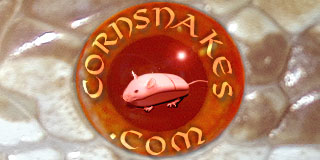GillianC
Herpetologists' offspring
This year I was lucky enough to have a late clutch of eggs from one of my younger females. Out of six eggs, three have hatched and quite frankly, I'm a bit confused! Here's the pairing: Opal 50% het. Motley x Ghost het. Stripe 66% Caramel 50% Amel. The phenotypes of the three hatchlings are 2 aneries and 1 classic. Being a biology major, I do understand genetics, and I understand that this is a possibility, but it deviates quite a bit from what was expected. I guess this means that my female is heterozygous for anery, not motley. Interesting!
Also, both of the animals are from VMS, so they're pretty good about listing any heterozygous traits.
Also, both of the animals are from VMS, so they're pretty good about listing any heterozygous traits.


